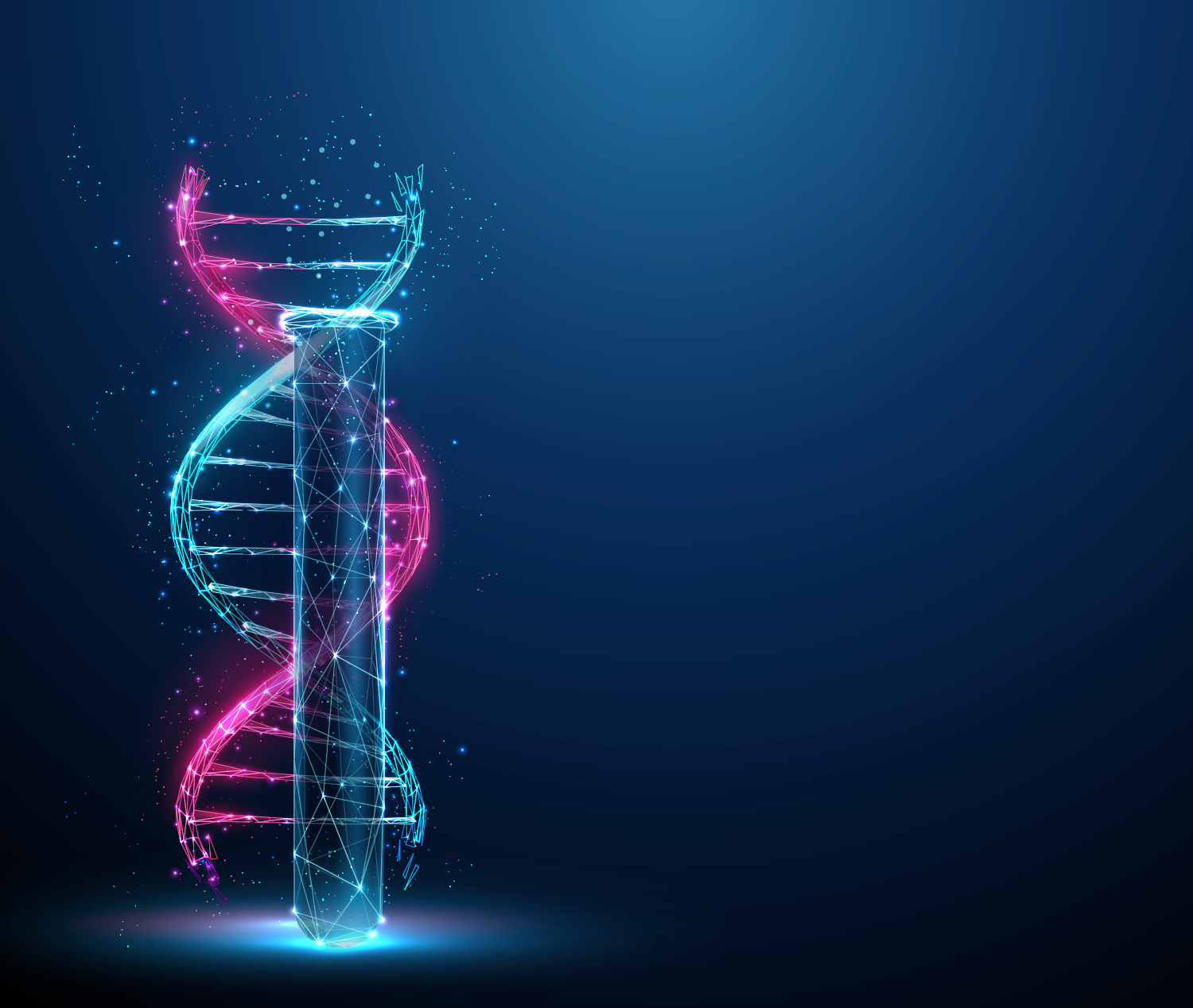Елена Бутусова/Adobe Inventory

The just lately found genetic biomarker ankyrin-3 (ANK3) was discovered to achieve success in guiding a scientific trial of liafensine for treatment-resistant melancholy. Presence of gene ANK3 was discovered to be predictive of optimistic response to liafensine in sufferers with treatment-resistant melancholy. This part 2b trial is the primary profitable potential genetic biomarker-guided scientific trial in psychiatry.1
The ENLIGHTEN scientific trial, sponsored by Denovo Biopharm, included 189 grownup sufferers who examined optimistic for the ANK3 gene and had treatment-resistant melancholy (TRD), in the end demonstrated a 4.4 level enchancment in Montgomery-Asberg Melancholy Ranking Scale (MADRS) scores as in contrast with placebo.
The examine chosen contributors with the ANK3 gene who additionally had TRD, to evaluate the gene as a predictor of liafensine’s efficacy on this TRD inhabitants. The trial was a randomized, double-blind part 2b trial during which sufferers had been randomly assigned to acquired 1mg liafensine, 2 mg liafensine, or placebo once-daily orally for six weeks.
Eligibility standards had been assembly the DSM-V standards for main depressive dysfunction and the factors for TRD from the Massachusetts Normal Hospital Antidepressant Remedy Response Questionnaire. Inclusion standards had been failure of not less than 2 antidepressants in numerous courses and having a Hamilton Melancholy Ranking Scale of not less than 21 (average severity). Participant exclusion standards included particular issues, organ dysfunction, and concomitant medicines.
Liafensine was nicely tolerated in sufferers with the ANK3 gene and TRD and met major and secondary endpoints. The examine met its major endpoint of MADRS rating change from begin to day 42, exhibiting an enchancment of 4.4 factors (95% CI, −7.6 to −1.3; P = .006) for a mixed group of the 1 mg and a couple of mg liafensine teams. The 1 mg and a couple of mg teams individually additionally confirmed important MADRS rating enchancment. MADRS was evaluated at baseline and days 7, 14, 28, and 42. Secondary endpoints had been additionally met, with Scientific International Impression Severity and Enchancment scores change of -0.4 and a couple of.3, respectively, for the mixed 1 and a couple of mg liafensine group in contrast with placebo. The most typical treatment-emergent opposed results had been nausea (16 sufferers [12.9%]), headache (15 sufferers [12.1%]), and constipation (13 sufferers [10.5%]). Antagonistic occasions main sufferers to discontinue participation occurred in 5 sufferers receiving liafensine (4%) and 9 sufferers receiving placebo (14.1%). There have been 8 critical treatment-emergent opposed results had been reported in 5 sufferers: 3 (2.4%) with liafensine and a couple of (3.1%) with placebo. One dying was reported within the 2 mg liafensine group, with unknown trigger and undetermined relationship to review drug; authors famous “the location personnel seen that the affected person didn’t return for follow-up and later discovered an obituary with no reason behind dying supplied and no different info out there.”1
Liafensine is a triple reuptake inhibitor, focusing on membrane transporters of serotonin, norepinephrine, and dopamine; there could also be a mechanistic hyperlink between liafensine and ANK3, because the gene product hyperlinks the cytoskeleton to membrane transporters. The ANK3 gene is a scaffolding protein expressed within the nervous system, which performs an vital position in neuronal signaling via modulation of cell membrane proteins. ANK 3 has been linked to psychiatric illnesses, together with melancholy. Dosage comparability outcomes had been per earlier research on selective serotonin reuptake inhibitors which present a pattern of flat dose-response curves for efficacy however growing remedy discontinuation on account of opposed results at increased doses.3 Due to this, additional research on liafensine will use the 1 mg administration.
“The morbid questions of safety related to the medicine at the moment used to deal with TRD, or many frequent with SSRIs and SNRIs, both weren’t noticed or had been reported with low incidence in liafensine-treated sufferers. Particularly, knowledge from liafensine research don’t point out abuse legal responsibility, sedation, dissociative signs, respiratory melancholy, metabolic dysfunction, weight achieve, or notable sexual dysfunction,” added the investigators of the examine.1
Statistically important and clinically significant enhancements within the remedy group vs placebo recommend ANK3 could also be a predictive biomarker for liafensine response. Earlier research had proven no important efficacy of liafensine in sufferers who weren’t biomarker indicated.2 Wang et al famous that the examine “signifies that 1 drug isn’t optimum for all sufferers with such numerous genetic backgrounds, and it raises a priority there won’t be a single-gene biomarker that may predict drug efficacy in melancholy like these companion diagnostics authorised in oncology. Nonetheless, this work suggests {that a} single locus, if recognized appropriately, might be efficiently used to foretell antidepressant response, which represents main progress in advancing precision medication in psychiatry.”1
References
1. Wang G, Mario A, Spear MA, et al. ANK3 as a novel genetic biomarker for liafensine in treatment-resistant melancholy: the ENLIGHTEN randomized scientific trial.JAMA Psychiatry. 2025.
2. Luo W, Wang G, Whitaker JW, et al. Discovery of a novel pharmacogenomic biomarker on ANK3 gene for liafensine, a triple reuptake inhibitor for treatment-resistant melancholy.Analysis Sq.. Preprint. 2025.
3. Jakubovski E, Varigonda AL, Freemantle N, et al. Systematic assessment and meta-analysis: dose-response relationship of selective serotonin reuptake inhibitors in main depressive dysfunction. Am J Psychiatry. 2016;173(2):174-183.